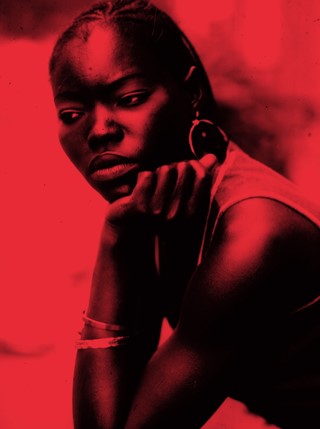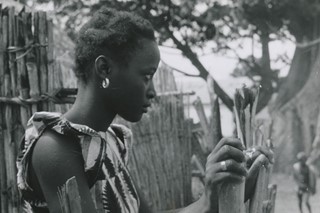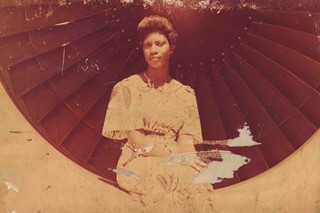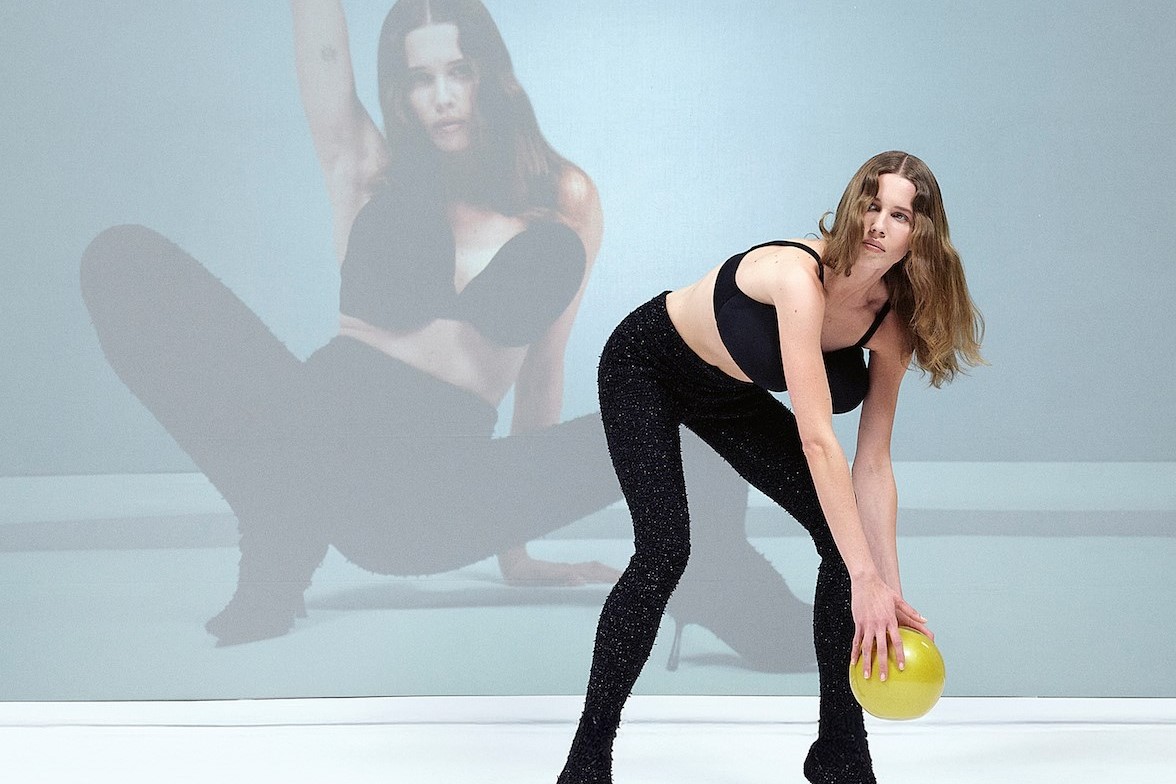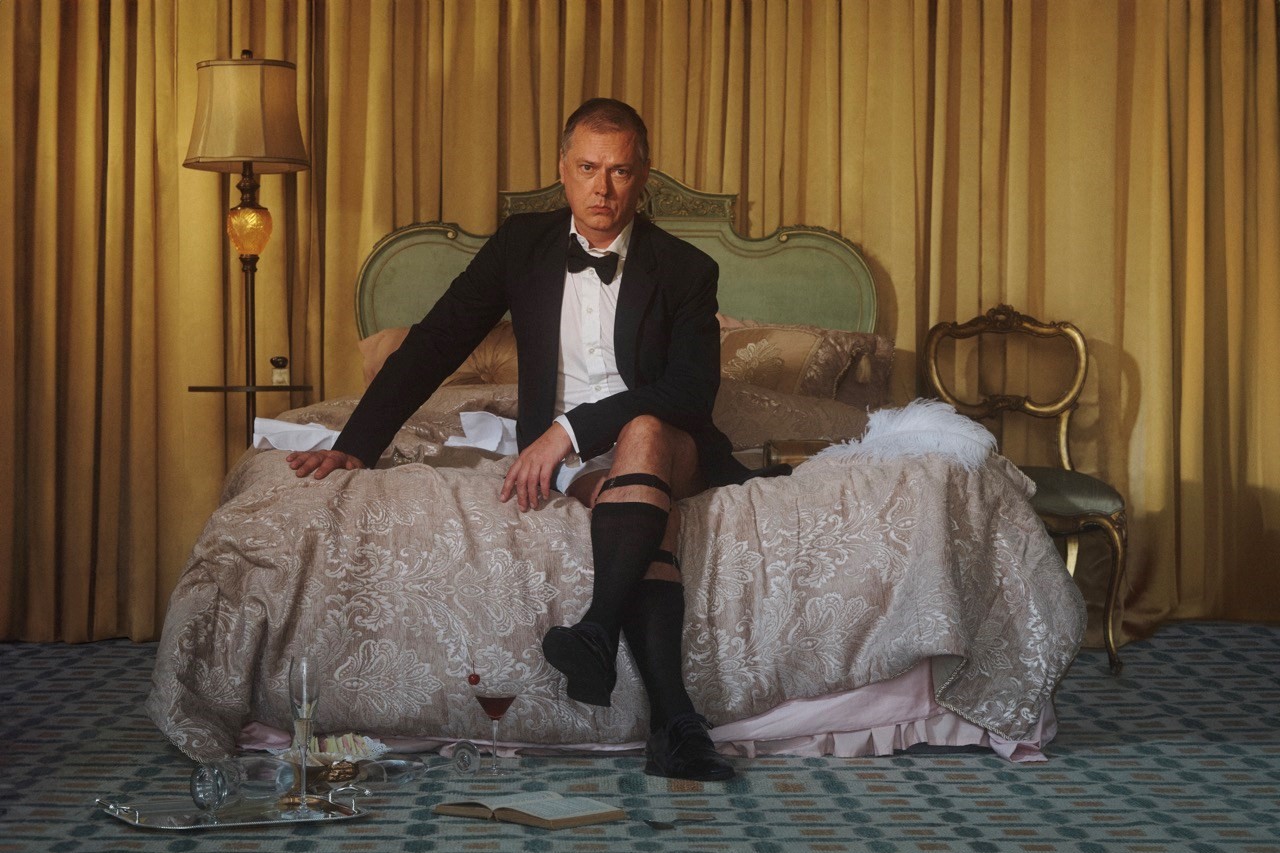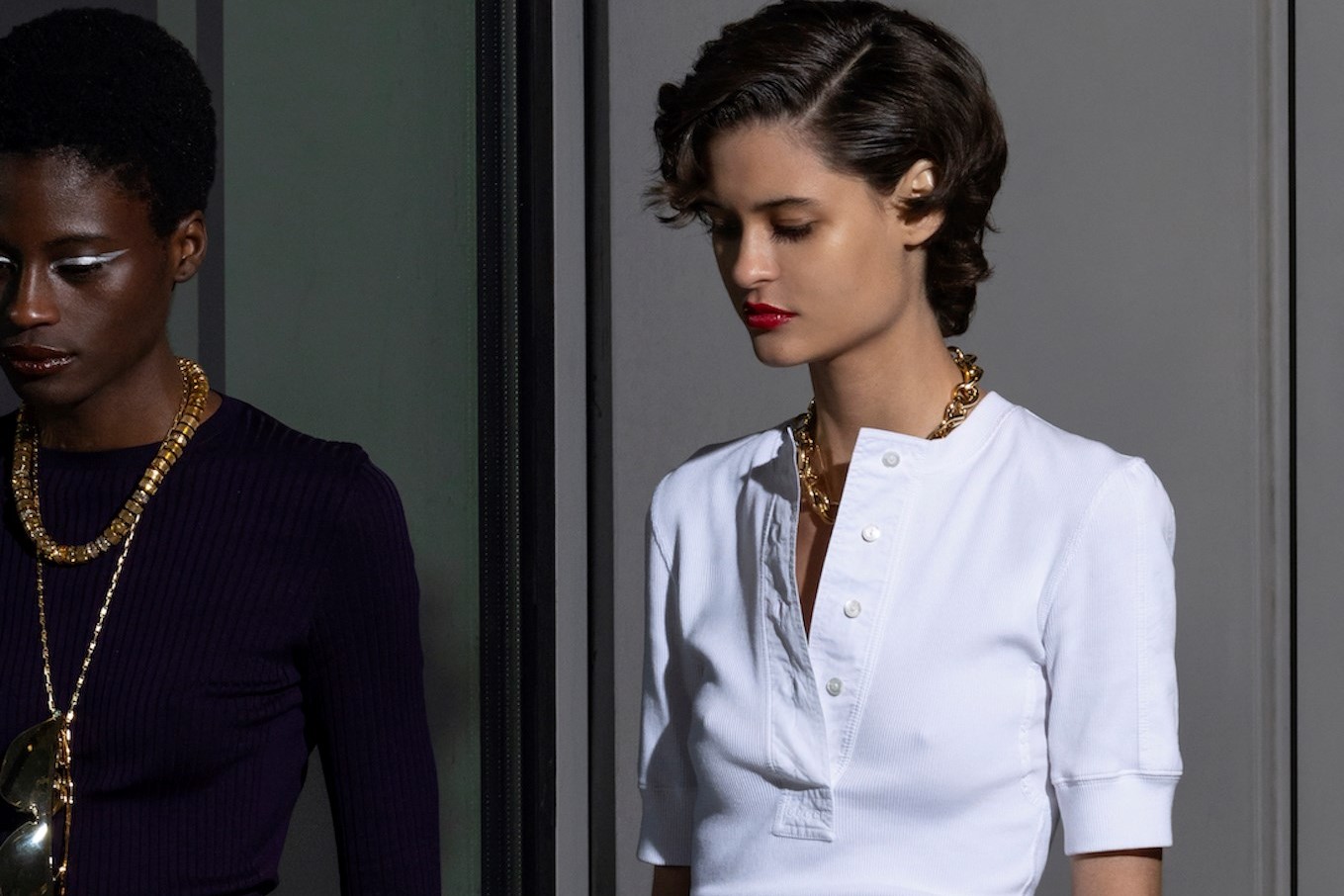Supported by Bottega Veneta, Air Afrique takes inspiration from a now-defunct pan-African airline, created “for a better knowledge of Black Africa”
Amid the Cold War era decolonisation of Africa in 1961, 11 newly independent countries sought to establish a unifying pan-African identity, and a medium to collectively develop their economies and connect with different world blocs. The product of this was the airline, Air Afrique, which was co-owned by the founding eleven countries – Benin, Burkina Faso, Cameroon, Central African Republic, Chad, Congo, Gabon, Ivory Coast, Mauritania, Niger, and Senegal – and later joined by Mali, Sierra Leone and Togo, commencing operations from 1961 until 2002.
The airline was the perfect vehicle for advancing African soft power across the globe; not only did it allow West and Central African countries to conveniently travel across the Mediterranean and Atlantic, but the company engaged with artistic and cultural patronage – through events such as FESPACO film festival and Dakar Biennale. From 1964 to 2000, the airline also sold the in-flight magazine Balafon, which contained material written in both French and English. Its tagline was “for a better knowledge of Black Africa” and it met this vision through enriching passengers with the history, cultural diversity, and traditions of African people.
Now, a young Paris-based creative collective has taken inspiration from the airline, taking on the name Air Afrique, and launching a magazine inspired by the philosophy and agenda of Balafon. Supported by Bottega Veneta, Air Afrique magazine’s debut issue features an incredible ensemble of writing, including a profile of Senegalese philosopher Souleymane Bachir Diagne, who reflects on how the geographies of Saint-Louis in Senegal, Paris, and New York have shaped him, as well as a story on the history of dancehall music in Martinique. Alongside original imagery and writing there are also archival pieces, including from the original Balafon magazine, which the collective has studied intently and hope to reproduce across all issues.
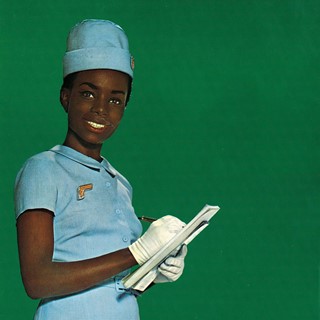
The aesthetic of the magazine is like a documentary in print, seamlessly blending the past and the present. It is brought together with photography shot in natural light, showcasing the geography, fashion, and architecture of Africa, which has meant a treat of authentic and scenic imagery. Franco-Sudanese Bottega Veneta designer Abdel El Tayeb has also designed ten afro-futuristic blankets to accompany the campaign imagery of Air Afrique, with the blankets created using wool, silver leather, and shearling found surplus in Bottega’s archive – on the back of the magazine is an image of Senegalese model Dara Gueye holding one.
Like Balafon, Air Afrique is published in French and English too. For editor-in-chief Amandine Nana, this linguistic duality is about raising the profile of French-speaking creatives. “Air Afrique is born out of necessity to fill in a current void of an important critical and mainstream cultural media platform specialised in Afro-diasporic conversations in the French and French-speaking world,” she says. “But we also felt that in these current global conversations around diasporic, post-colonial identity, and African cultures, the contemporary French-speaking world is sometimes left out, although we used to play an important role in setting the terms of these conversations back to the time of cultural movements such as Négritude, Présence Africaine, African Renaissance, and Antillanité. This is why we made the choice to do a bilingual magazine, in the hope to renew these discussions and mutual interest between the Black/African and French-speaking world, the anglophone world, and beyond.”
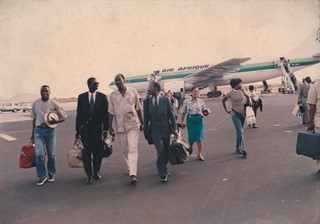
Air Afrique is the second major exclusive partnership for Matthieu Blazy’s Bottega Veneta in its agenda to revive defunct, historic magazines; last year, it relaunched the cult gay culture and sexuality magazine Butt, founded in 2001 by Gert Jonkers and Jop van Bennekom (it ceased print in 2011). As a Bottega spokesperson says, “With our print partnerships, we recognise the craft, creativity, and quiet power of smaller-scale publications which give voice to specific communities. Each magazine exemplifies quality design, editorial rigour, and a clarity and originality of vision.” These are a series of moves which are sure to present the Italian house as an outward-facing brand, seeking to define its identity through altruistic commitments to culture which provide a voice for minority communities in particular.
Issue one of Air Afrique is out now.
